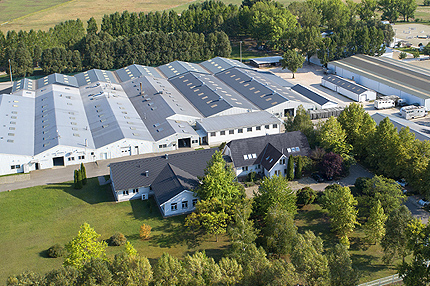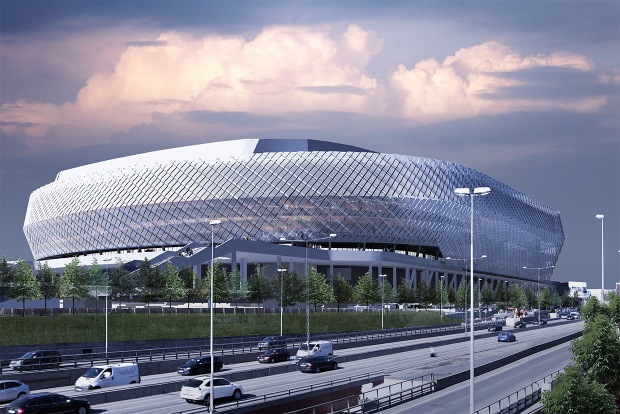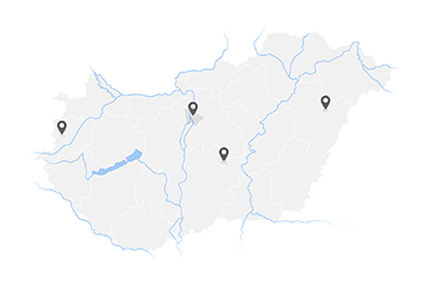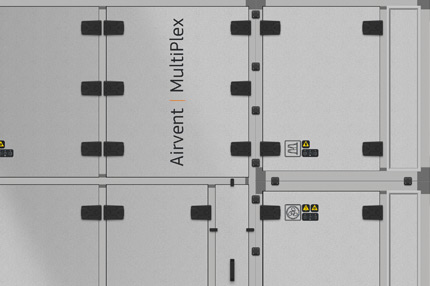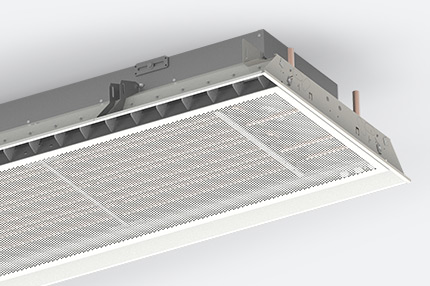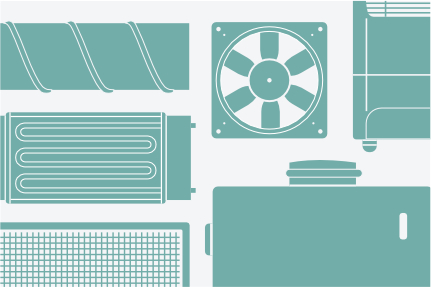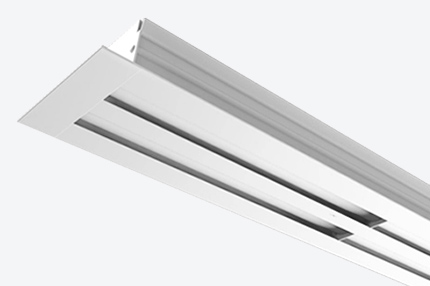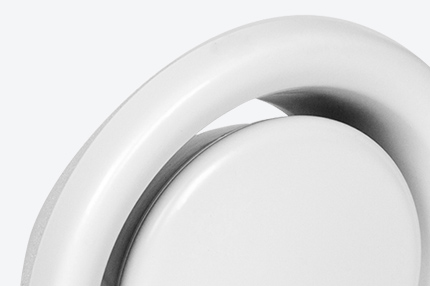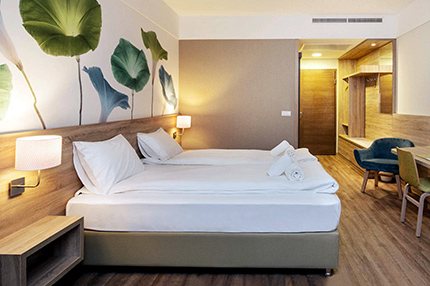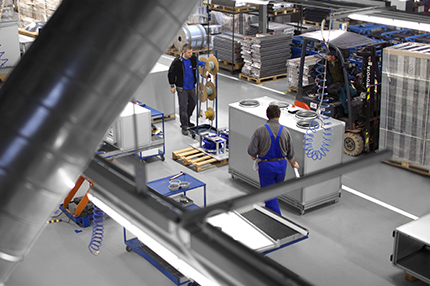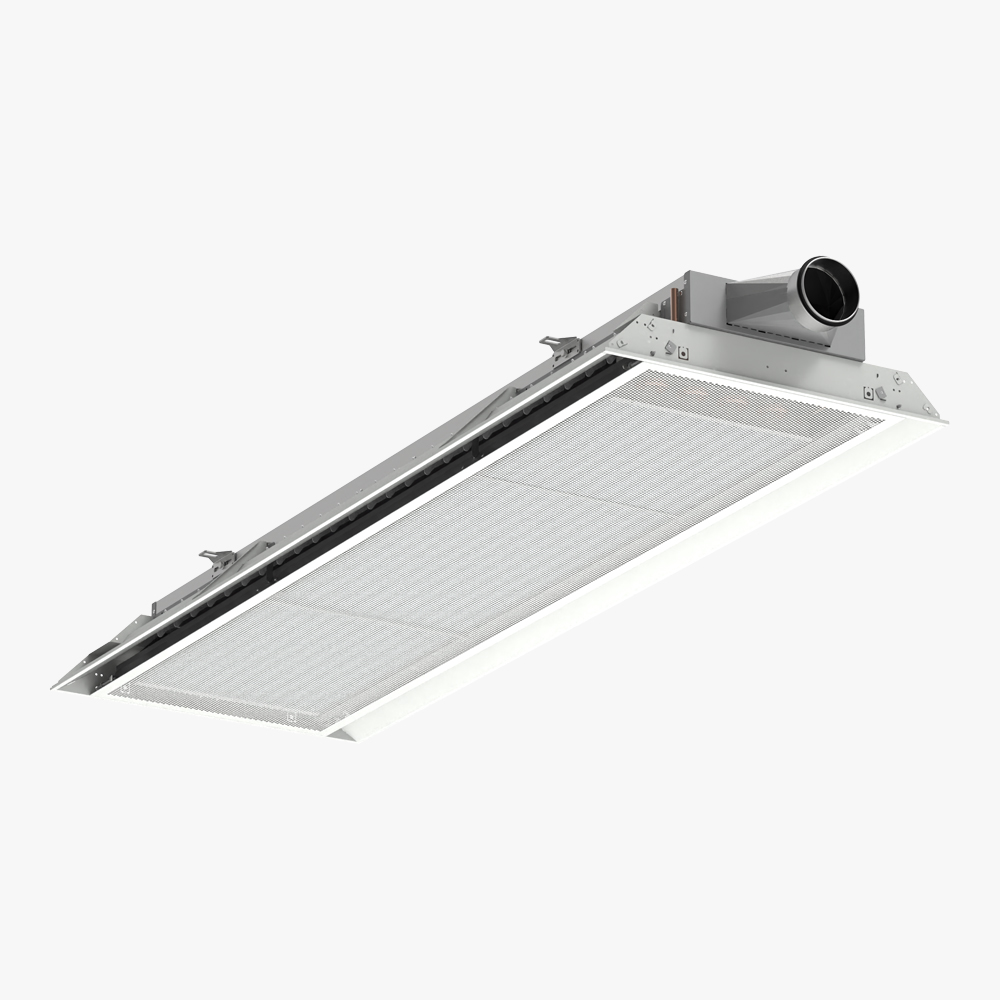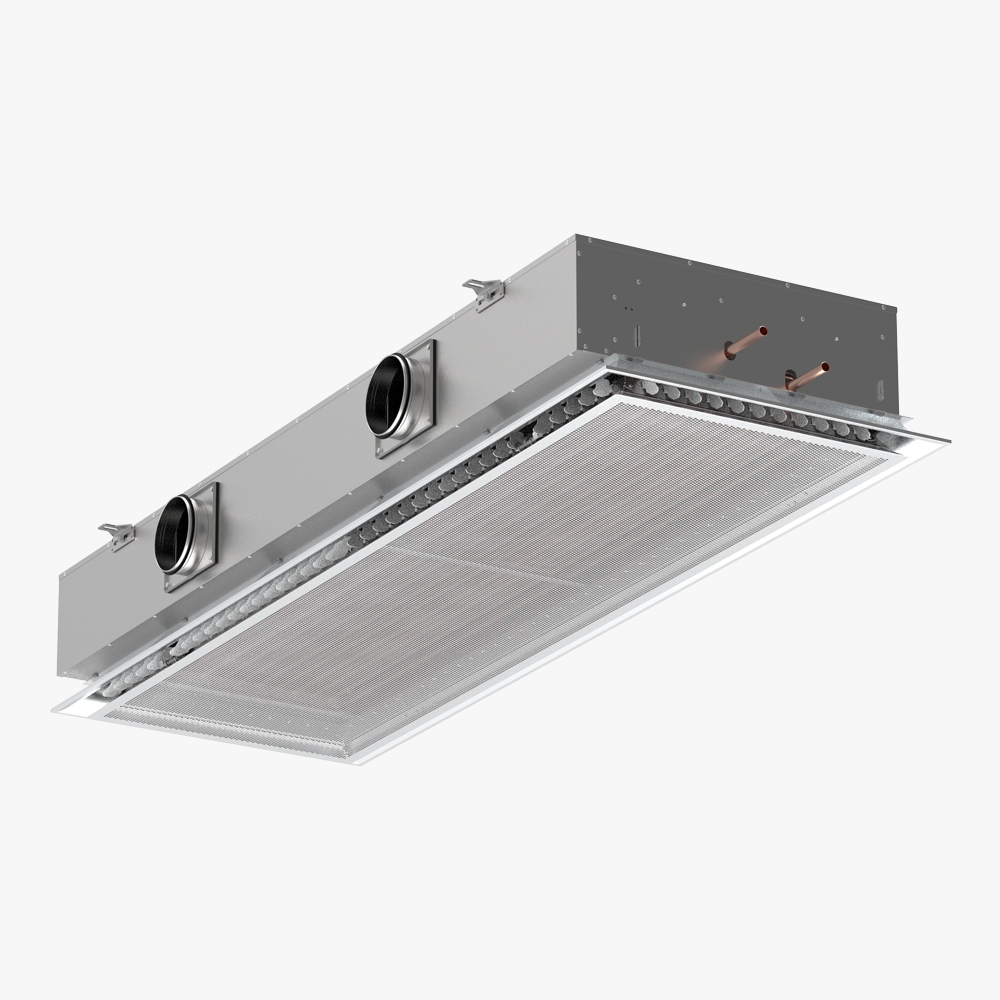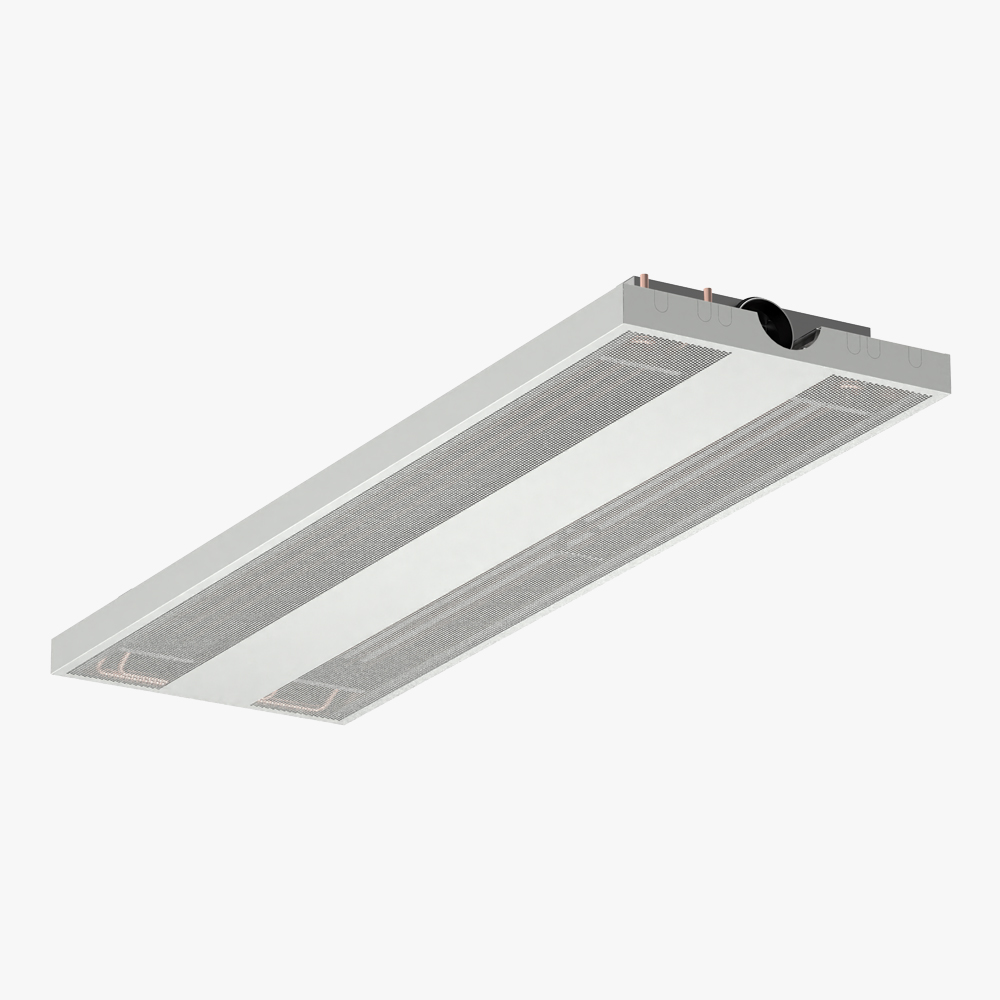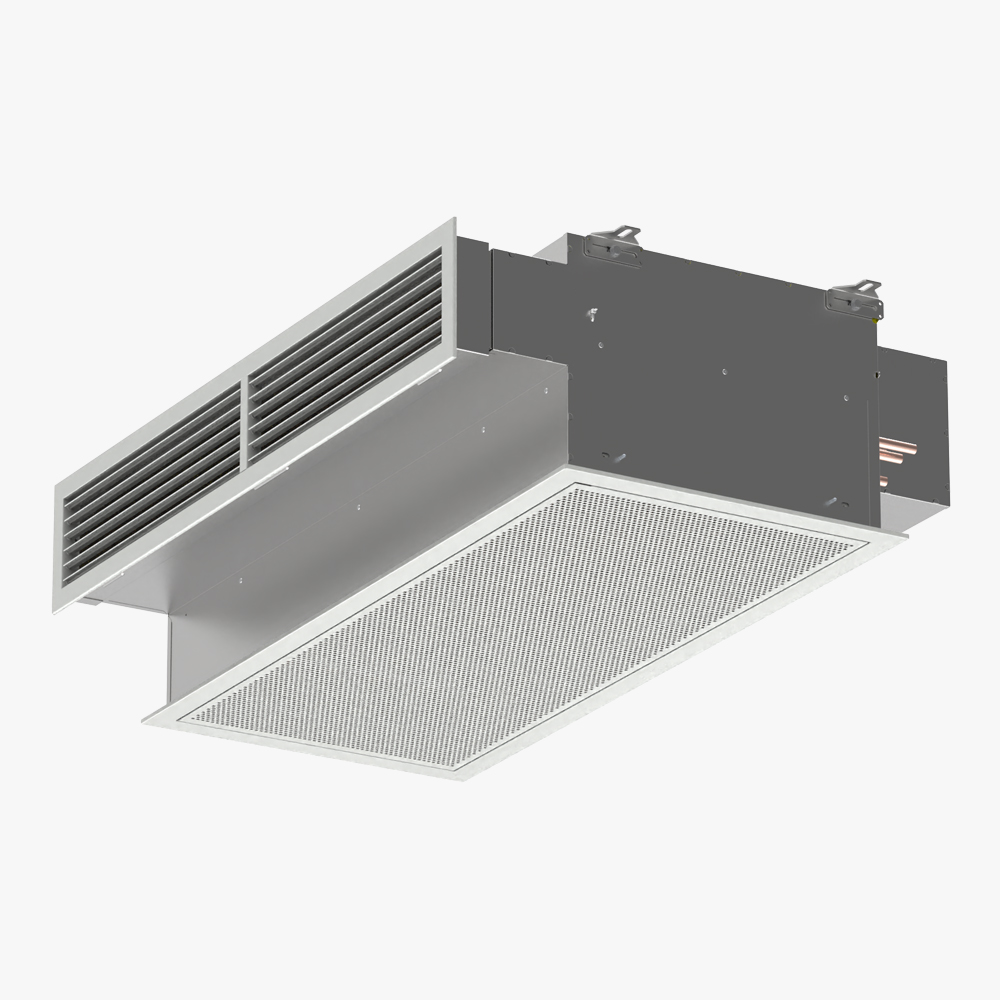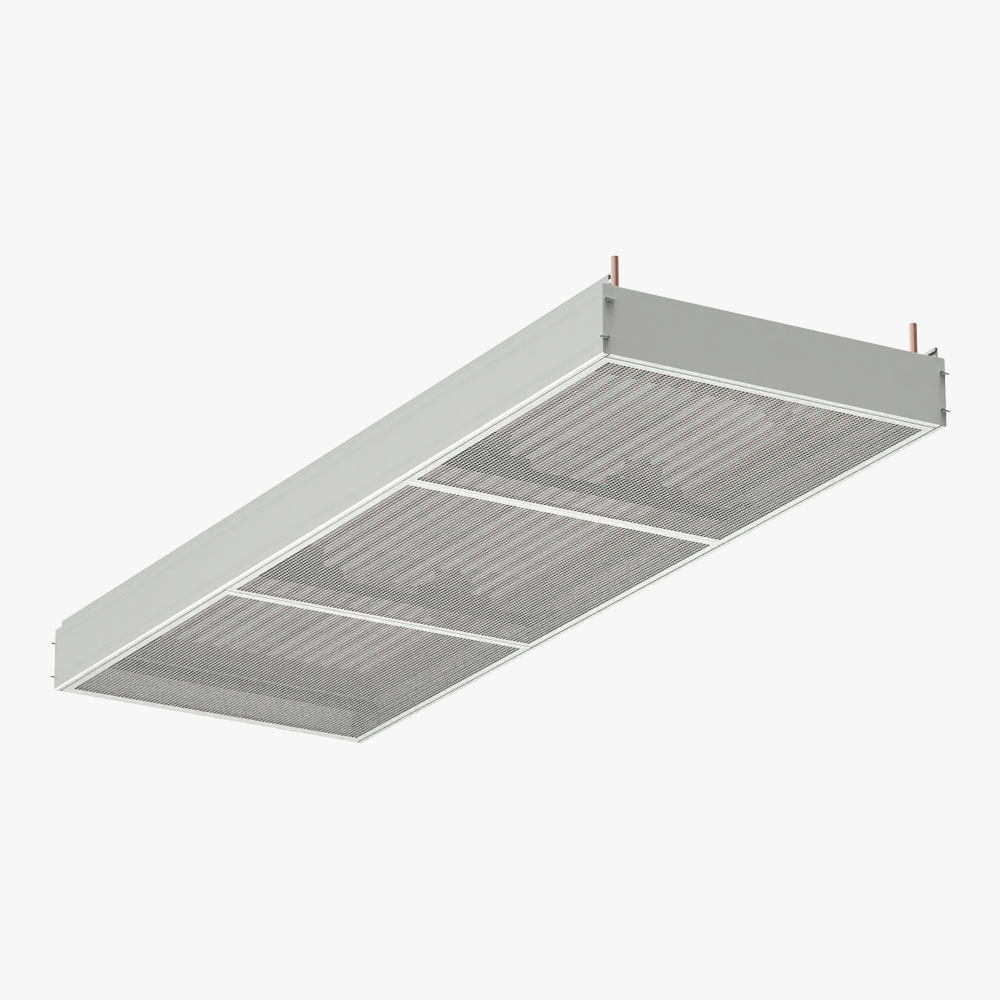Chilled beams – FAQ
What are chilled beams?
Chilled beams are water-based induction units that provide ventilation, cooling, and heating without fans or moving parts. Installed near the ceiling, they operate using the induction principle for quiet, draught-free air distribution.
How do chilled beams work?
Active beams use primary air from a central air handling unit to induce room air through a heat exchanger, while passive beams rely solely on natural convection. Both types provide conditioned air into the occupied space, ensuring comfort with low energy use.
What are the main types of chilled beams?
There are two: Active Chilled Beams, which combine ventilation and cooling/heating through induction, and Passive Chilled Beams, which rely only on natural convection. Airvent offers solutions such as OptimAir, PremiAir, FreeAir, HotelAir, and PassiveAir.
Where are chilled beams best applied?
They are ideal for commercial offices, hotels, retail stores, laboratories, and educational spaces. Chilled beams work best in buildings with controlled humidity (below 60%) and where quiet, comfortable indoor climates are required.
Are there situations where chilled beams are not recommended?
Yes, they are not suitable for spaces with uncontrolled humidity, naturally ventilated rooms with openable windows, or environments with rapidly changing loads such as gyms and swimming pools.
What are the main benefits for building owners, architects, and users?
Owners benefit from long-term energy savings and reduced running costs. Architects gain flexible, compact solutions that integrate well into ceiling designs, while users enjoy consistent comfort, fresh air, and a low-noise environment.
How environmentally friendly and sustainable are chilled beams?
Chilled beams use water as the primary heat transfer medium, which is far more energy-efficient than moving large amounts of air around a building. They reduce ductwork size, lower energy consumption, and contribute to sustainable building operation.
Do chilled beams require maintenance?
No. With no fans, filters, or condensate trays, chilled beams need only minimal inspection and maintenance, making them highly reliable over the long term.
What installation options exist?
Chilled beams can be recessed into suspended ceilings for a discreet look or suspended visibly as design elements. Airvent provides solutions for both styles, including optional Coanda frames for optimal air distribution.
What role will chilled beams play in the future of building design?
With growing focus on sustainability, energy efficiency, and indoor comfort, chilled beams are becoming a key solution in modern ventilation systems. Their proven performance and adaptability ensure they remain relevant in future building projects.

